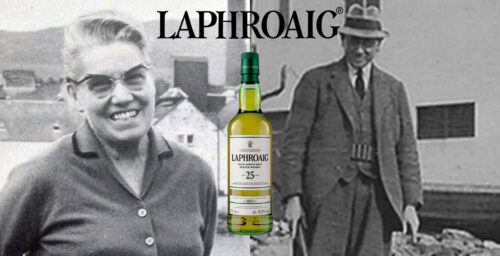I’ve long maintained that distilling is one of the world’s most interesting industries because it’s connected to so many aspects of our human experience: government, medicine, agriculture, migration, culture, cuisine, science, religion – it’s all there, influencing everything from the flavor of our whiskey to the bottle it comes in.
That’s why books about whiskey are often so darn interesting. They’re about whiskey, of course, but they’re also about so many other things. And if you’re interested in all those other things, Fred Minnick’s new book, Bourbon: The Rise, Fall, and Rebirth of an American Whiskey, might be worth picking up.
Bourbon is not a technical book, nor is much time dedicated to discussing how bourbon is made or what it tastes like. Instead, what Fred has written here is a history about America, told through the lens of bourbon. After dispelling some common myths about the origin of bourbon, Fred moves into a thorough accounting of the history of the bourbon industry, with an unflinching look at its ups and downs. It’s great context to understand our current bourbon boom, and where the American whiskey industry might go from here.
Today it feels like bourbon’s popularity is invincible, but in reality, the bourbon industry has spent much of its history lurching from crisis to crisis. Minnick highlights the lowlights, perhaps unavoidable since there were so many of them. First rectifiers, then Prohibition, then World War II, then drinkers abandoning the drink en masse for lighter spirits. After reading his book, it’s clear that bourbon probably hasn’t been this popular since the 1880s.
While celebrating its success, Fred also points out the challenges and risks facing the industry today, like its increasing reliance on flavored whiskey, dropping age statements, lowering proofs, and the price dynamics of an underground secondary market for collectible whiskey. For a book about intoxicating spirits, there’s a sobering quality to his tone, although we can all take solace that the bourbon industry is nothing if not resilient.
Lastly, Fred’s turned to many primary resources in the course of his research, all of which are a treat to read. I’ll leave you with one of my favorites, this accounting by a former U.S. congressman of using whiskey mixed with red pepper to cure snakebite. It’s a case of the cure sounding worse than the disease if I ever heard one:
“In a few minutes, it was puked up, as were also three or four more doses. After the fourth glass, it remained on his stomach. His pulse improved greatly in a short time, and after getting five or six glasses to remain, I ceased giving him any more, until the pulse fell very fast, and nearly ceased beating. I again commenced giving him the whiskey and pepper, and soon discovered that on ceasing the stimulants, his pulse would again sink to nothing.
After taking more than one quart of this liquor, a copious stool followed; the spirit was again administered, until his pulse became steady. During the night, he took three quarts of whiskey; in the morning he was much better, but very week [sic]—he finally recovered.”
If you are interested in getting a copy of this book, you can find it over at Amazon.




